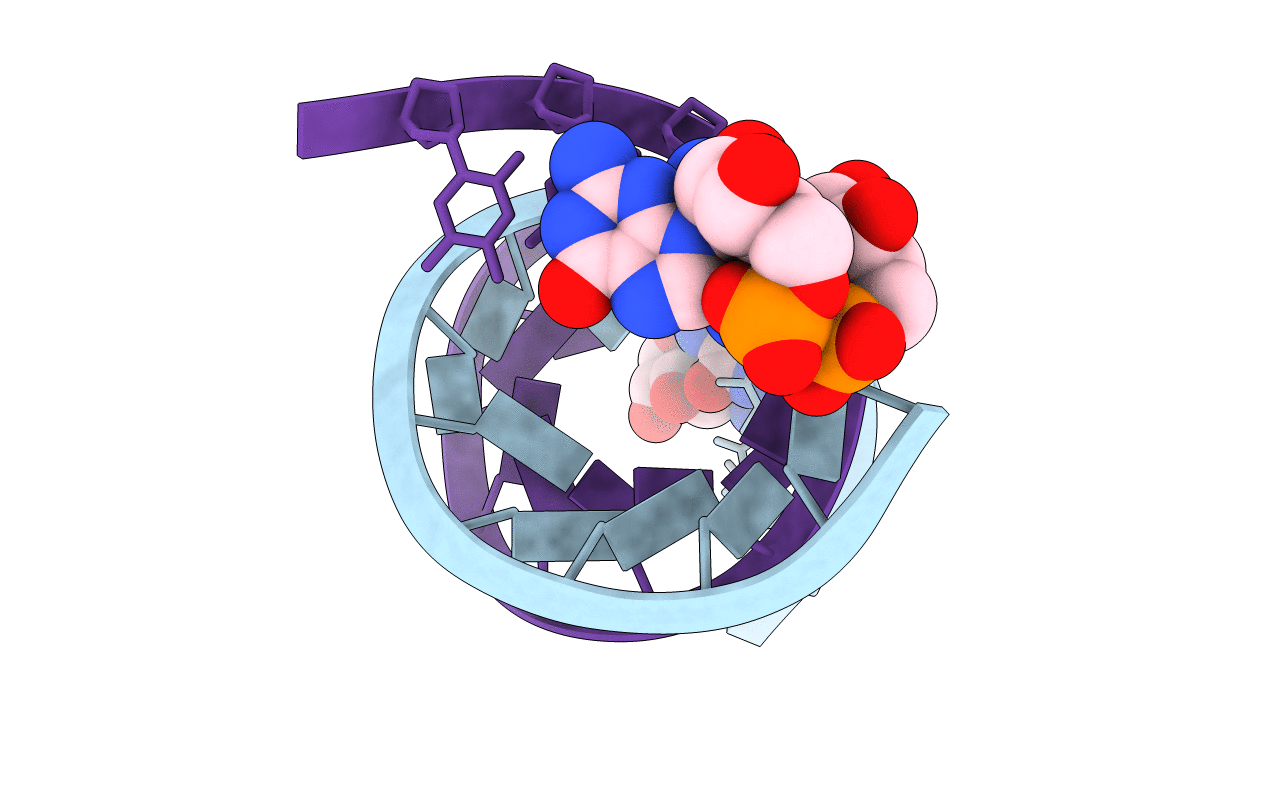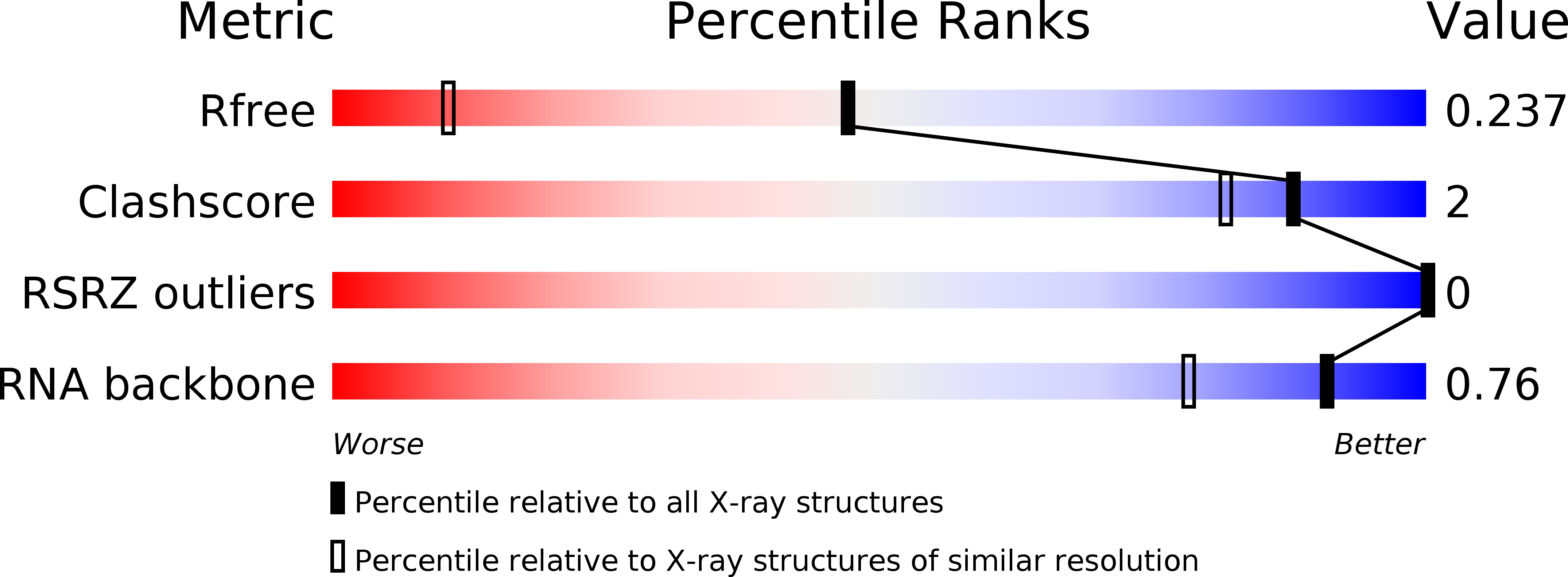
Deposition Date
2017-01-01
Release Date
2017-07-05
Last Version Date
2023-10-04
Entry Detail
PDB ID:
5UED
Keywords:
Title:
RNA primer-template complex with guanosine dinucleotide ligand G(5')pp(5')G
Biological Source:
Source Organism:
synthetic construct (Taxon ID: 32630)
Method Details:
Experimental Method:
Resolution:
1.50 Å
R-Value Free:
0.23
R-Value Work:
0.21
R-Value Observed:
0.21
Space Group:
P 3 2 1


